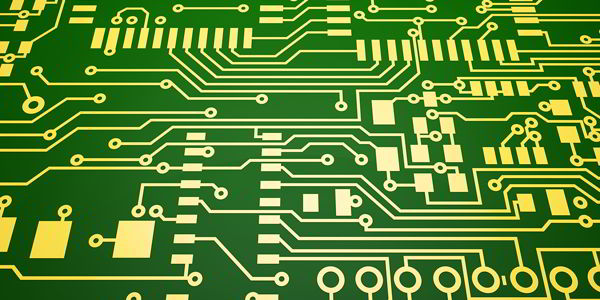When it comes to creating a new design, a lot of designers pay more attention to the component selection and circuit design and leave the PCB design for later. But that is something every good designer should avoid. If you haven’t spent enough time on your PCB design or has not put much effort into it, then you can end up with a design that will translate very poorly into physical reality and can cause several problems for the manufacturer. So to make a good design that translates excellently on both paper and reality, here are a few PCB layout guidelines that you should follow. Let’s have a look:
Component Placement
The component placement part of your PCB design is something that requires you to consider the space on your board and how you are going to place the components on it. This step is a combination of both science and art as the simpler the component placement is, the easier the design will be to build. One can consider several PCB layout rules before placing the components. Always make sure to orient the same components in one direction, don’t place components on the solder side of the board. Also, place all you SMD on the same side and TH components must be placed on the top only.
Power, Signal and Ground Traces
Now, after the placement, you need to ensure that your power, signal and ground traces are up and flowing perfectly. Your power and ground planes must be even and centred and internal to the board. This can be a great help, and it will make sure that your board does not bend. After that, you will need to match your schematic guideline by placing the traces as directly as possible among the components. Remember PCB layout rules can get very complex at the time and if you don’t have the expert at hands, you should consider going for MJS Designs.
Net Widths
You will need several different nets that can transmit a wide range of currents, and that will help you determine the required net width. With a basic design, you can begin with 0.010” for digital signals and lower current analogs. Also, any trace that carries even slightly more than 0.3A should be broader. You can also use a Trace Width calculator which will make the entire process easier for you.
Separating Components
Due to current spikes and high voltage in the power circuit, your current circuits and low voltage circuits can get affected. To avoid that, first, you will have to make sure that you control ground and power are placed separately. You can only join them at the end of the supply if necessary. If somehow you have placed your ground plane in the centre then add an impedance path so that there will be no danger of power circuit interference. You can also do this to keep your analog ground and digital ground apart. Also, to avoid capacitive coupling, you should cross your analog ground with analog lines only.
Heating Issues
Now let’s come to the issue that is hard to avoid and can be complicated to deal with at times. A lot of designers do not consider heating issues, and that can end up affecting the circuit’s performance and can damage the board as well. The first thing you need to do to avoid that is to identify the components of the board that causes overheating. Once you have that in your sight you can arrange them in order that will not let them overheat. Also, you can consider adding thermal reliefs as well to keep the board cool.

